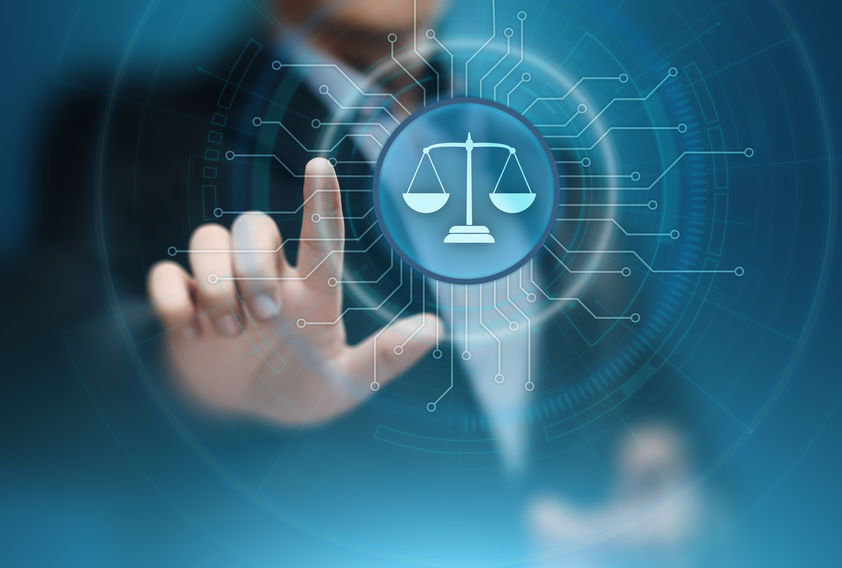The knock on the door and the stiff rustle of an envelope used to mark the beginning of a lawsuit.
Today the first hint of litigation may flash onto a smartphone.
Process serving has shifted from paper streets to fiber-optic cables, and the law is racing to keep pace.
DEEPER DIVE: 20 emerging business categories gaining traction in Arizona
E-Service of Process: From Paper to Pixels
Courts in almost every U.S. jurisdiction now allow some form of e-service of process.
What began as a workaround for evasive defendants during the pandemic has matured into a structured procedure.
Judges routinely authorize electronic service of legal documents by email, social media, or a secure portal when traditional methods fail.
Digital Process Serving Tools of the Trade
Modern process servers do far more than deliver paperwork.
They wield GPS-stamped body-cam footage, time-stamped screenshots, and blockchain verification to prove delivery.
Specialized platforms log each step automatically, creating a tamper-evident record that satisfies even the most tech-savvy courts.
Court-Approved Electronic Service and Evolving Laws
Not every tweet or DM counts as proper notice.
Most states require a diligent search for a physical address and at least one failed in-person attempt before electronic service is permitted.
Legislatures are updating statutes at a brisk clip, weaving digital channels into long-standing rules of civil procedure.
The National Center for State Courts notes that more than thirty states amended service rules between 2020 and 2024 to recognize electronic delivery in some form, signaling a permanent change in the legal landscape.
Read their technology brief for a state-by-state snapshot of these reforms.
Due Process in the Digital Age
Service of process is more than a formality; it is the first step in safeguarding a defendant’s constitutional right to be heard.
Digital due process demands the same reliability and clarity as the traditional knock on the door.
Courts ask two questions: will the chosen method actually reach the defendant, and can the server prove it did?
Privacy and Legal Notifications
Privacy concerns in legal tech loom large.
An emailed summons may bounce into a spam folder or expose sensitive allegations to office IT staff.
Process-serving software must therefore encrypt documents in transit and at rest, while two-factor authentication helps ensure only the intended recipient clicks “open.”
Remote Process Serving Across Borders
Remote process serving has shrunk global litigation.
A U.S. plaintiff can obtain leave to serve a defendant in Seoul via WhatsApp within days, bypassing costly diplomatic channels.
Yet servers must still respect the Hague Service Convention, which many courts interpret as compatible with secure electronic delivery.
Digital Due Process and Proof of Receipt
Screenshots alone are no longer enough.
Courts prefer audit trails that capture server IP addresses, geo-location pins, and user-initiated downloads.
Some providers hash every data point onto a blockchain, creating an immutable ledger that any expert witness can authenticate.
Service of Summons Online: The Human Element
Technology accelerates delivery, but persuasion remains personal.
A recipient is more likely to open an email that uses plain language and clear subject lines than one filled with legalese.
Professional servers spend time crafting notifications that communicate gravity without triggering spam filters.
Legal Tech in Process Serving: Choosing a Partner
Attorneys increasingly outsource to firms that blend field experience with robust software.
Working with a seasoned litigation support team helps ensure every electronic touchpoint complies with both state rules and local standing orders.
For example, this Texas-based provider integrates courtroom-tested tech with on-the-ground investigators, giving counsel a single point of accountability.
Future Trends in Service of Process Technology
Artificial intelligence is poised to refine address-verification databases, reducing the number of failed attempts.
Meanwhile, biometric sign-offs—think fingerprint or facial-recognition acknowledgments—could soon replace stylus-to-tablet signatures.
Courts will likely embrace these tools once vendors demonstrate that biometric data can be stored and deleted responsibly.
Balancing Innovation with Tradition
Paper is not disappearing.
Some defendants still lack reliable internet, and many judges prefer a hard-copy fallback.
Hybrid service—paper followed by electronic copies—offers belt-and-suspenders certainty and satisfies older procedural codes.
Conclusion: A Modern Legal Process Built on Trust
Process serving in the digital era is no longer a novelty; it is the new normal.
E-service, online legal document delivery, and remote process serving have expanded access to justice while demanding fine-tuned safeguards for privacy and due process.
As laws evolve, practitioners must blend cutting-edge technology with the timeless duty to notify.
The next time litigation strikes, the summons might not arrive on the doorstep but in an inbox—secure, time-stamped, and court-approved. Whether served on paper or pixels, the goal remains the same: fair notice, delivered with integrity.




